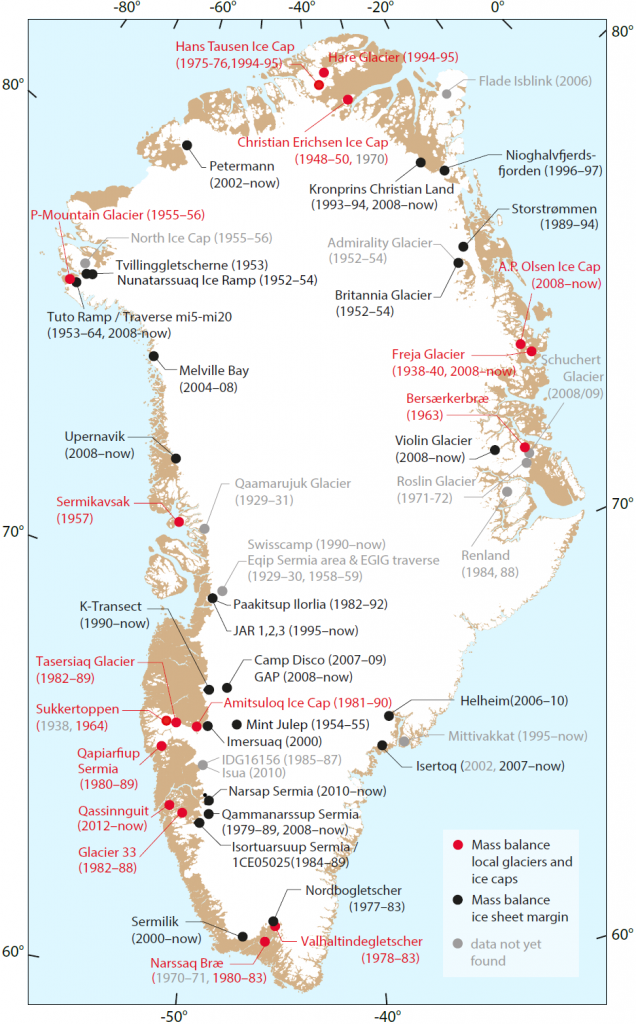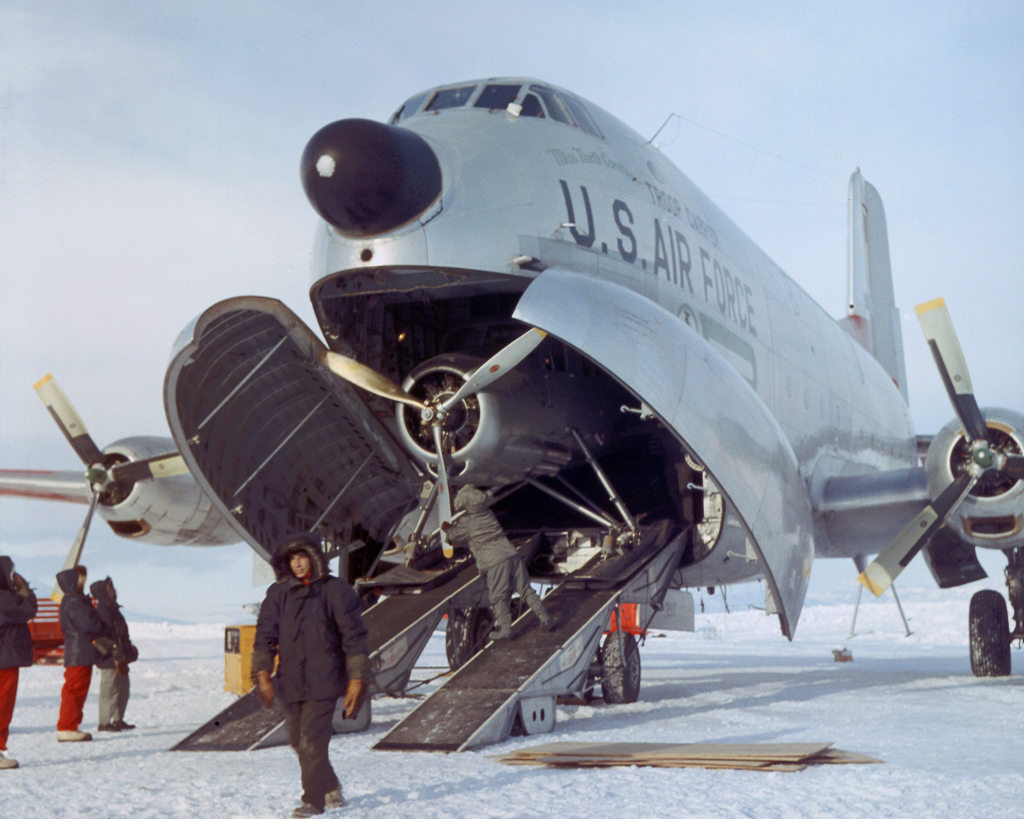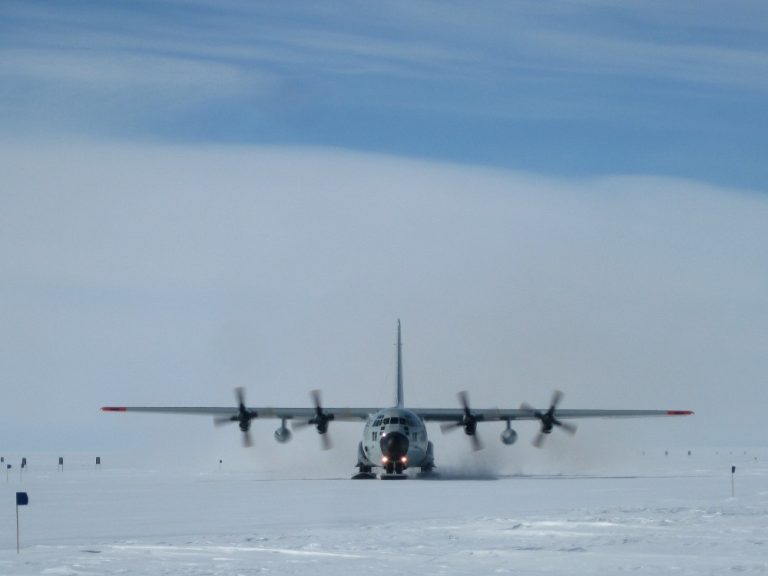As described in this month’s newsletter No 7, the Programme for Monitoring of the Greenland Ice Sheet (PROMICE) is nearing completion of its comprehensive database of surface mass budget observations from the Greenland ice sheet melt area and peripheral glaciers. We now have just over 2400 unique observations spanning from the 1938 Freja Glacier expedition to the present. Approximately half these observations have never been published. These historic measurements were fragmented across studies, most of which were pre-digital or unpublished, effectively making this highly valuable data inaccessible to the global research community. Despite our best efforts, however, we are still missing data from a handful of known expeditions. For example, does someone you know perhaps have a copy of Alfred Wegener’s 1930 Qaamarujuk Glacier observations? There is a chance we might even be unaware of some expeditions, especially recent private sector prospecting work. Please get in touch with Horst Machguth (homac@byg.dtu.dk) of the www.promice.dk team if you can help us out with this community data assimilation project!
Monthly Archives: November 2014
Communicating Science, Glaciology History, New Research / No Comments
Communicating Science, New Research, Sea Level Rise / 1 Comment
We have a new study coming out in Earth and Planetary Science Letters that looks into the mass loss of the Greenland ice sheet (Andersen et al., 2015). We used the “input-output” approach, whereby an estimated iceberg production rate is differenced from an estimated snow accumulation rate. The input-output approach we used was slightly different from previous studies (such as Rignot et al., 2008 or Enderlin et al., 2014) because the ice sheet perimeter across which we observed ice flow (or the “flux gate”) was relatively far inland. That meant we had to make a different assumption about the vertical velocity profile at the flux gate, as well as account for changes in ice volume between the flux gate and the tidewater glacier grounding lines. We also used a new combination of satellite-derived ice surface velocity product, airborne radar-derived ice thickness observations, and surface mass balance simulations. Despite all this, our mass loss estimate agrees pretty well with previous studies!
The numbers are pretty striking: We estimate that between 2007 and 2011 the Greenland ice sheet alone, not counting all the peripheral glaciers in Greenland, lost 262 Gt of ice per year. That works out to about 8300 tonnes per second! That means the Greenland ice sheet probably weighs 250,000 tonnes less than when you started reading this blog post. No wonder we can measure its mass loss by gravitational anomalies! The ice sheet is currently losing mass via both surface runoff (the difference between accumulation and melt) and ice dynamics (the production of icebergs). We estimate that runoff comprised about 61 % of the ice sheet’s mass loss, or about 5000 tonnes per second, with iceberg production comprising the remaining 3300 tonnes per second of mass loss. Some big numbers that confirm the Greenland ice sheet is presently raising global mean sea level by about 0.73 mm per year.
Enderlin, E., I. Howat, S. Jeong, M. Noh, J. van Angelen & M. van den Broeke. 2014. An improved mass budget for the Greenland ice sheet. Geophysical Research Letters. 41: doi:10.1002/2013GL059010.
Rignot, E., J. Box, E. Burgess & E. Hanna. 2008. Mass balance of the Greenland ice sheet from 1958 to 2007. Geophysical Research Letters. 35: doi:10.1029/2008GL035417.
Andersen, M., L. Stenseng, H. Skourup, W. Colgan, S. Khan, S. Kristensen, S. Andersen, J. Box, A. Ahlstrøm, X. Fettweis & R. Forsberg. 2015. Basin-scale partitioning of Greenland ice sheet mass balance components (2007–2011). Earth and Planetary Science Letters. 409: 89–95. doi:10.1016/j.epsl.2014.10.015.
Diagram showing differences in methodology between our study (TOP) and previous studies (BOTTOM) in converted estimated ice flux (F) into estimated iceberg production (D). We adopt a higher elevation “flux gate”, which necessitates accounting for downstream changes in ice volume (∆S), as well as making a different assumption about the vertical velocity profile at the flux gate. We also use different velocity and ice thickness observations, and a different surface mass balance (SMB) model (from Andersen et al., 2015).
About sixty years ago, in September 1955, the US Army Corps of Engineers conducted the first test landings of wheeled military transport planes on a prepared snow runway at Site II, Greenland. The 3000 meter (10,000 foot) snow runway was prepared by repeatedly pulverizing and compressing the ice sheet’s snow surface with low ground pressure tractors. Driving the tractors from Camp TUTO to Site II, high in the ice sheet interior, took several days.
Eight successful landings with a C-47 Skytrain, led to six successful landings with a C-54 Skymaster, and finally seven successful landings with a C-124 Globemaster. Landing the pug-nosed C-124, which has an empty weight of 45,000 kg (100,000 lbs), on prepared snow runways formed the backbone of ice sheet logistics in both Greenland and Antarctica throughout the International Geophysical Year (1957-1958). The slightly more nimble ski-equipped LC-130 Hercules, now a symbol of polar research, was not tested in Northwest Greenland for six more years.
So, perhaps a nod to the 60th anniversary of snow runways, without which ice sheet camps and their precious ice cores and other glaciological data would not be possible!
Correction: In an earlier post version I said the first C-124 usage of a snow runway was in September 1954. In fact, the snow runway technique was developed in September 1954, but the first C-124 usage of a snow runway was not until September of 1955. The 59.5th anniversary of transport planes and snow runways?
Polar Ice Coring and IGY 1957-58: An Interview with Dr. Anthony J. “Tony” Gow.
(skimmed from my upcoming Cold War science project.)




